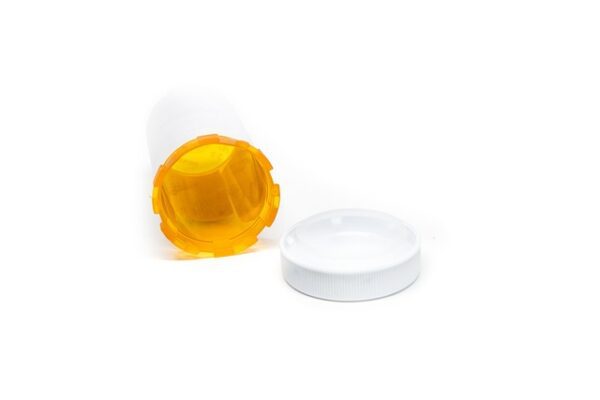I recently did a podcast on atorvastatin and thought it might be helpful to share the most common atorvastatin drug interactions that I see in clinical practice. So here it goes…
Grapefruit juice and atorvastatin is an interaction that I think about. There aren’t a ton of people that use grapefruit juice, but I’ve found that there is enough out there that this may be an issue. If larger quantities are consumed (i.e. up to a liter per day), concentrations of atorvastatin can rise up over two times the usual level without grapefruit juice. Again, it isn’t very common that you will have a patient consuming this much, but you don’t know unless you ask.
In patients who have seizures, it is important to remember that phenytoin can reduce concentrations of many different medications. Atorvastatin is on that list. A reduction in atorvastatin concentrations could obviously lead to a rise in LDL and place our patient at higher risk for negative cardiovascular outcomes. Carbamazepine is another somewhat commonly used agent that may also reduce the concentrations of atorvastatin.
Daptomycin is a medication that is most likely to be used in a healthcare type setting. The risk for rhabdomyolysis increases when it is used with atorvastatin. Since daptomycin is an antibiotic, it is a drug that we are likely to use short term. There are a few different strategies to manage this interaction. Monitoring CPK, holding the statin and identifying an alternative, appropriate, antibiotic are all potential options to avoid this interaction or at least minimize its risk.
Fibrate derivatives can increase the risk for rhabdomyolysis. It is recommended to totally avoid the use of gemfibrozil with atorvastatin. The severity of the drug interaction is generally less with fenofibrate dosage forms. If this combination is necessary, monitoring for an increase in muscle related adverse effects is important.
There are a couple of cardiovascular medications that need mentioning in a post of atorvastatin drug interactions. Verapamil is a calcium channel blocker and amiodarone is an antiarrhythmic. Both of these can raise the concentration of atorvastatin and increase the risk of toxicity.
Many HIV medications can raise the concentrations of atorvastatin and whenever I have a patient who is on an HIV regimen, I usually have to double check and run a drug interactions screen. The highest risk for interaction with atorvastatin is typically the class of protease inhibitors.
Well, there you have it. This is my list of the most common atorvastatin drug interactions. Would you add anything else to this list?
- 30 medication mistakes PDF
- 18+ Page Drug Interaction PDF
- 10 Commandments of Polypharmacy Webinar based on my experiences in clinical practice



Great article source of info to read. Thank you for sharing this.
Paxlovid, Covid antiviral treatment also an important Protease inhibitor